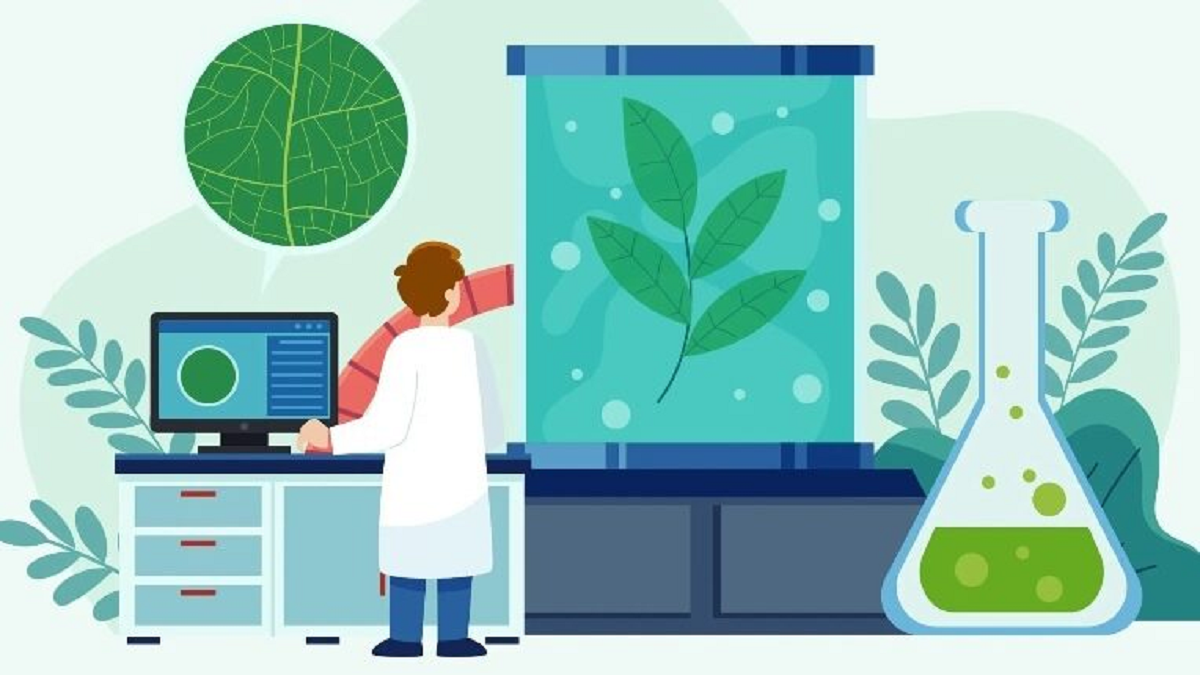Actualidad
Melatonin's capabilities in reducing postharvest losses and maintaining the quality of fresh fruits
At postharvest, fruits have a short shelf life. Recently, there has been much literature on the effects of melatonin on the postharvest quality of horticultural crops. However, reports of various findings comprise mixed claims and product-specific conclusions. Therefore, a meta-analysis systematically dissects the comprehensive effect on several fruits. In this meta-analysis, standard mean difference (SMD) was adopted using a random-effect model. The study used 36 articles and isolated 24 indicator parameters of postharvest quality and antioxidant properties based on the inclusion criteria. As exhibited in the forest plot, melatonin reduced chilling injury, weight loss, respiration rate, and ethylene
05 July, 2022
Redaccion
At postharvest, fruits have a short shelf life. Recently, there has been much literature on the effects of melatonin on the postharvest quality of horticultural crops. However, reports of various findings comprise mixed claims and product-specific conclusions. Therefore, a meta-analysis systematically dissects the comprehensive effect on several fruits. In this meta-analysis, standard mean difference (SMD) was adopted using a random-effect model. The study used 36 articles and isolated 24 indicator parameters of postharvest quality and antioxidant properties based on the inclusion criteria. As exhibited in the forest plot, melatonin reduced chilling injury, weight loss, respiration rate, and ethylene content (SMD ?0.90, 95% CI [?1.14, ?0.65]; I2 = 81%; p < .00001). Similarly, the application of melatonin significantly suppressed electrolyte leakage, malondialdehyde (MDA), hydrogen peroxide, superoxide anion, lipoxygenase, and polyphenol oxidase (SMD ?0.89, 95% CI [?1.09, ?0.69]; I2 = 70%; p < .00001). In addition, exogenous melatonin application induced endogenous melatonin content, phenolic content, and flavonoid and anthocyanin contents (SMD 1.15, 95% CI [0.91, 1.39]; I2 = 71%; p = .01). Moreover, melatonin treatment enhanced antioxidant activities (catalase, superoxide dismutase, peroxidase, ascorbate peroxidase, and phenylalanine ammonia-lyse) (SMD 1.37, 95% CI [1.03, 1.71]; I2 = 86%; p < .00001). Thus, in the whole study, the overall effect was significantly high in treated fruit (p < .0001), and the overall heterogeneity was above (I2) > 70%. In addition, the funnel plot showed symmetry in the most selected studies. To sum up, the result gives a further understanding of melatonin's capabilities in reducing postharvest losses and maintaining the quality of fresh fruits. SourceMelatonin-mediated postharvest quality and antioxidant properties of fresh fruits: A comprehensive meta-analysisMiilion Paulos Madebo,Yonghua Zheng & Peng JinComprehensive reviews in food science and food safetyFirst published: 27 May 2022 https://doi.org/10.1111/1541-4337.12961https://ift.onlinelibrary.wiley.com/doi/epdf/10.1111/1541-4337.12961









